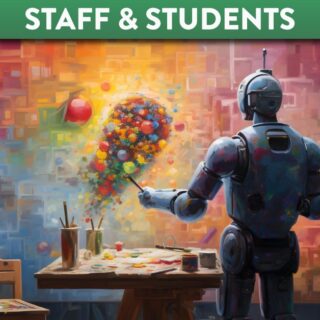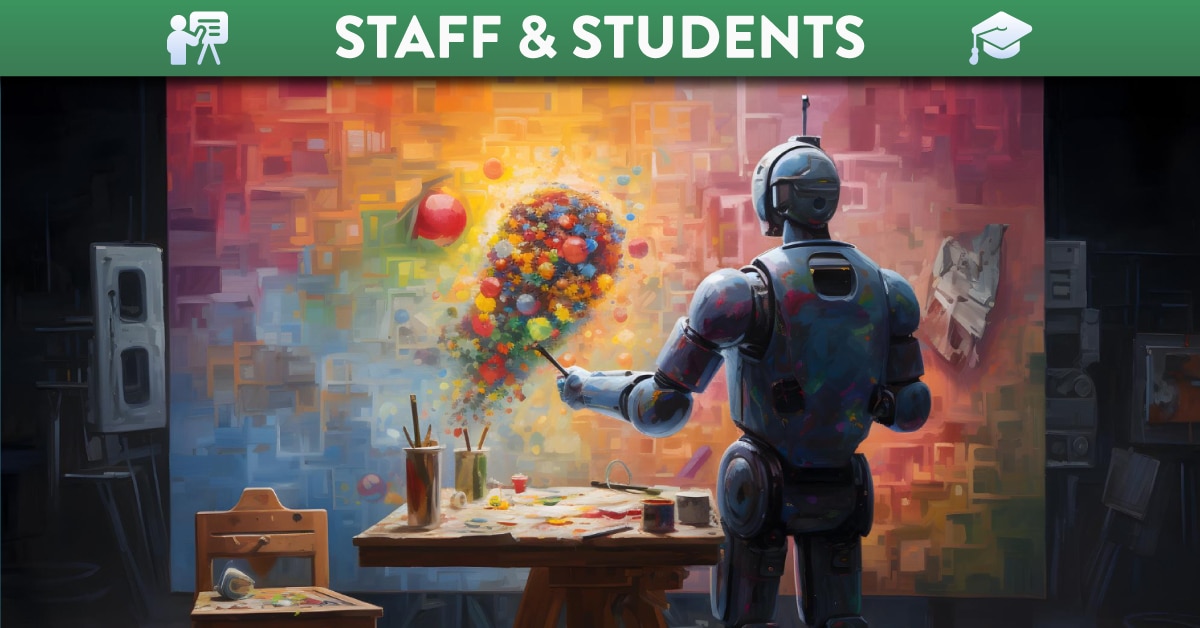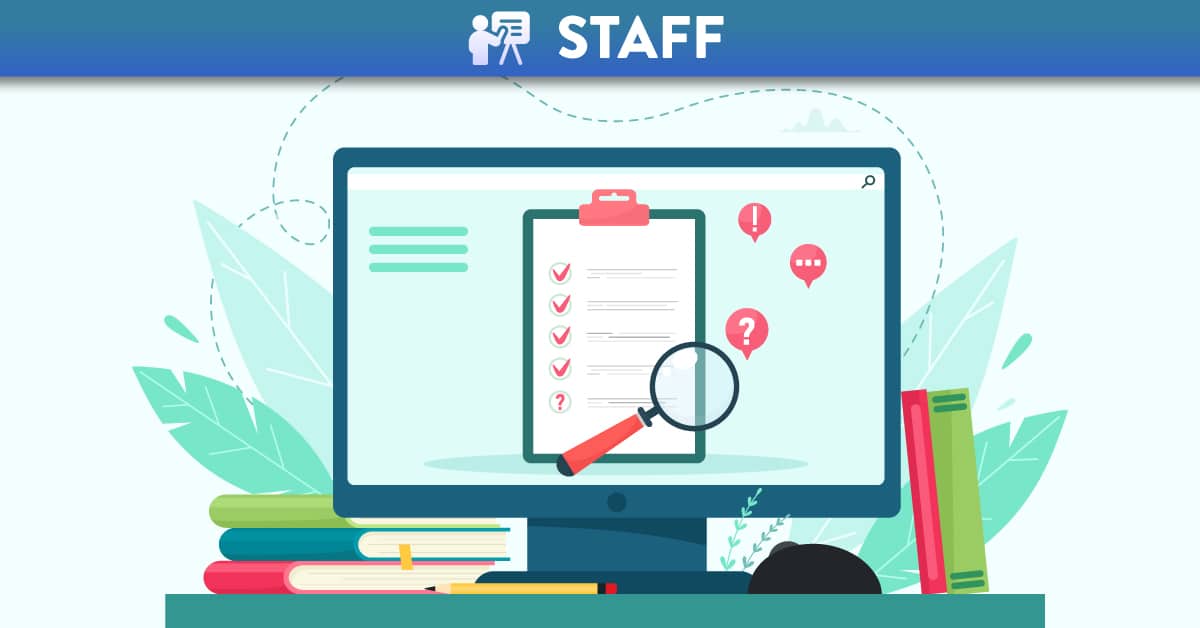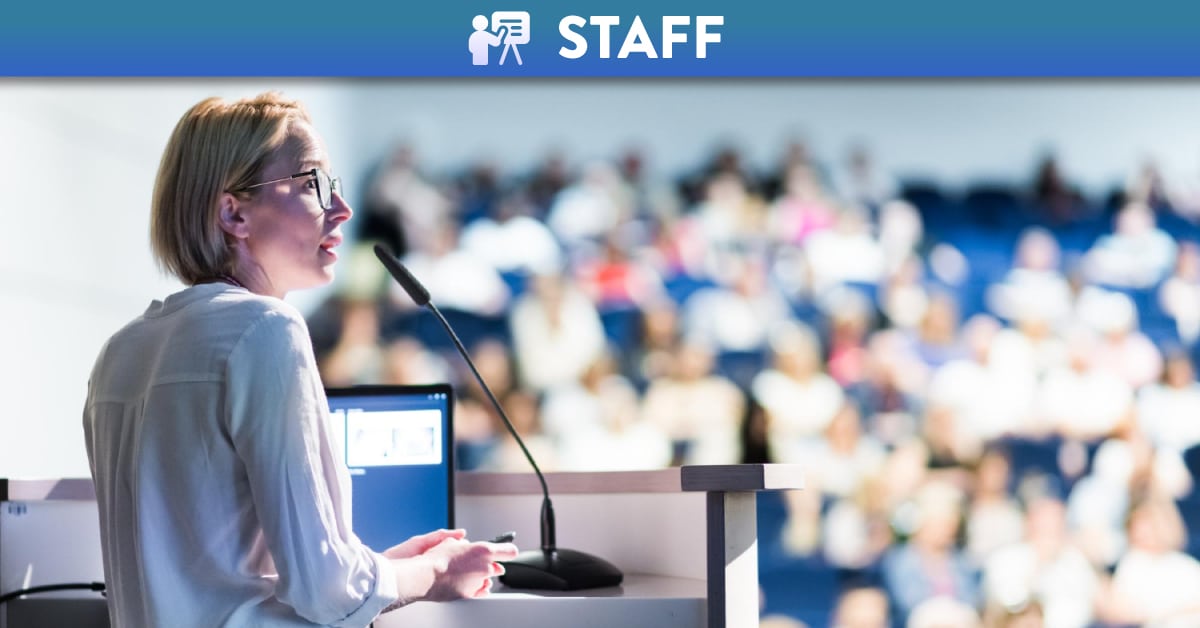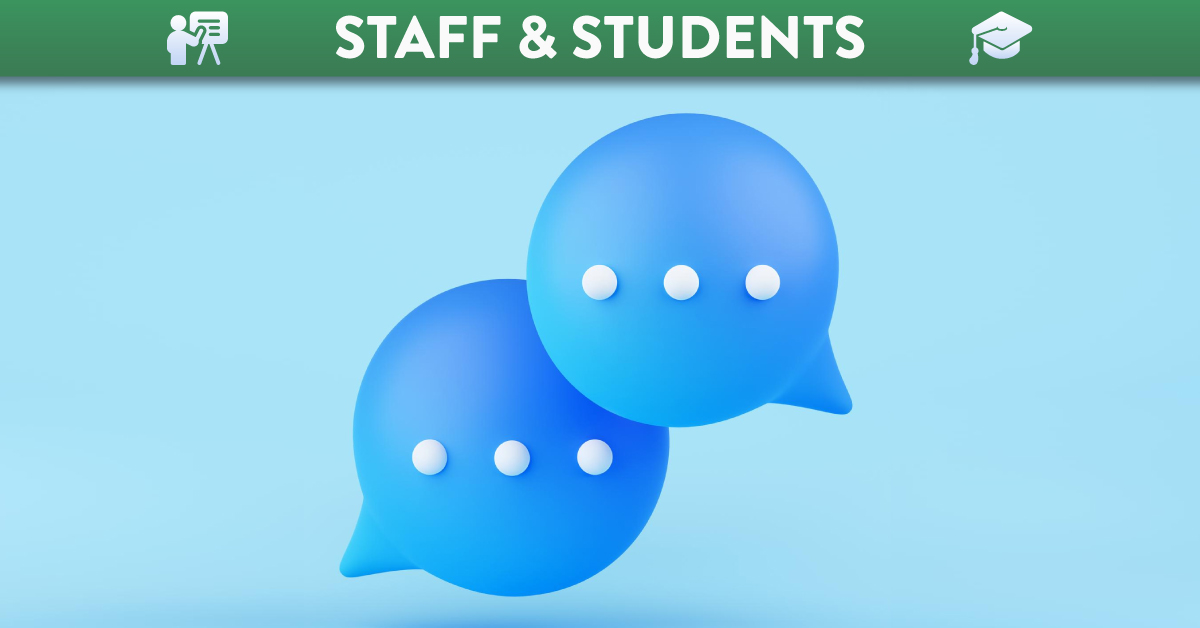
Canvas Discussions and Announcements: A New Look and Improved Features
From 20 July 2024, Canvas Discussions and Announcements will have a new look and improved features. With this update, there will be no loss of existing functionality. All existing discussions will seamlessly transition to the updated user interface, and the new functionality will be immediately available for use.
These updates are designed to improve the overall user experience on Canvas, making discussions and announcements more interactive, navigable, and inclusive.
Here’s a detailed look at the exciting new features and improvements.
User Interface Updates
The user interface for individual discussion and announcement topics has been revamped to provide a more spacious and responsive experience. Key UI updates include:
- Toolbar Relocation: The toolbar has been moved to the top of the discussion and announcement thread for easier access.
- Reply Order: Newest replies now appear at the top of the first page instead of the bottom of the last page, making it easier to stay updated.
- Sorting Options: Users can sort replies from newest to oldest, or oldest to newest, based on their preference.
- Quick Navigation: Users can quickly move to the top of the discussion or announcement at any time, enhancing navigation efficiency.
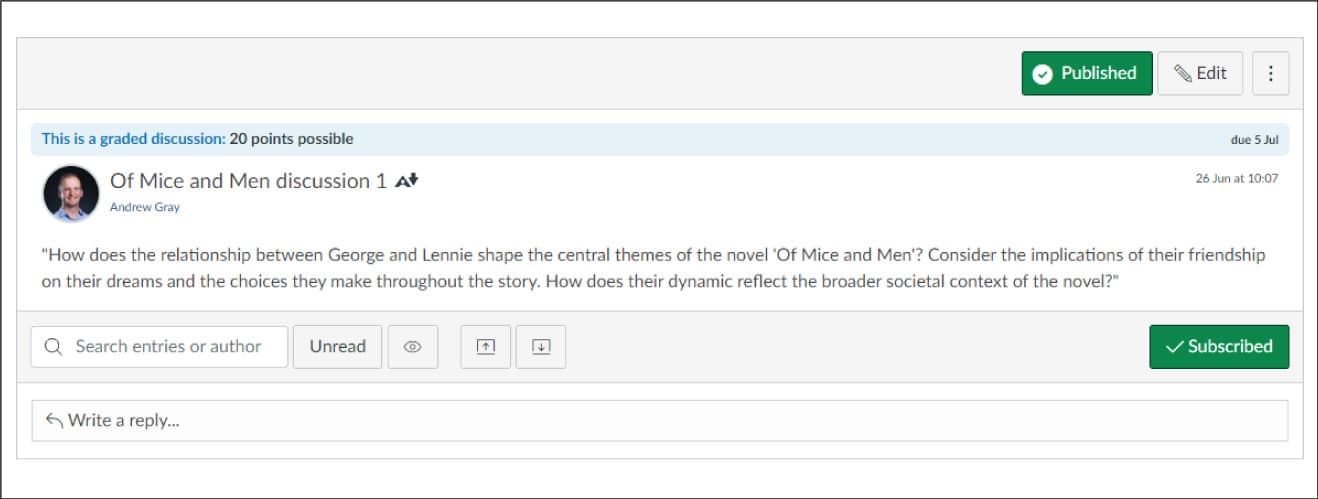 Old Discussion Thread
Old Discussion Thread
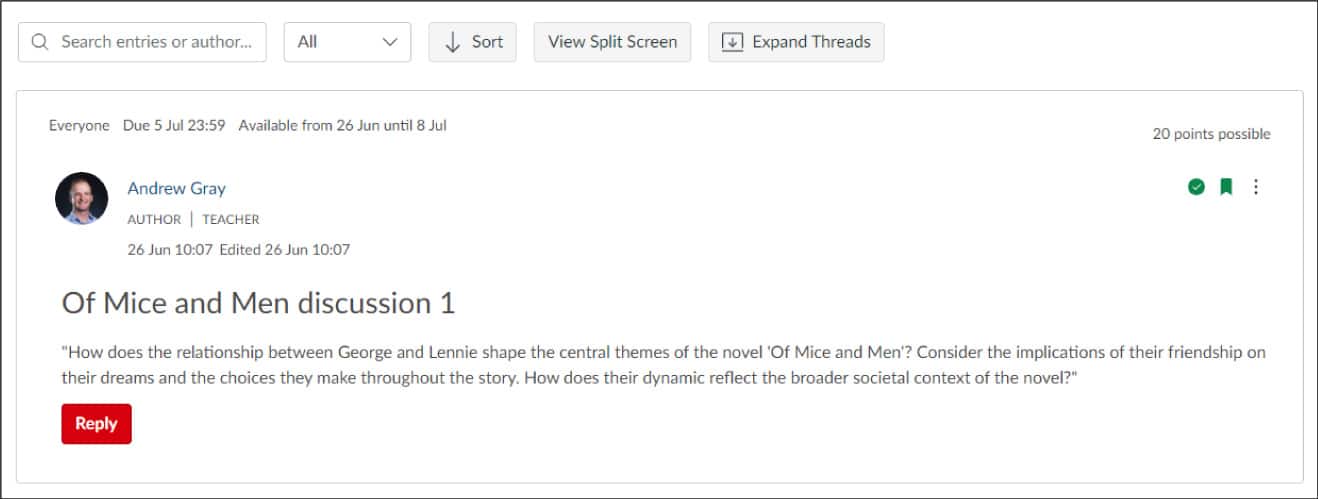 New Discussion Thread
New Discussion Thread
View of new and old discussion interface. (Drag handle to compare)
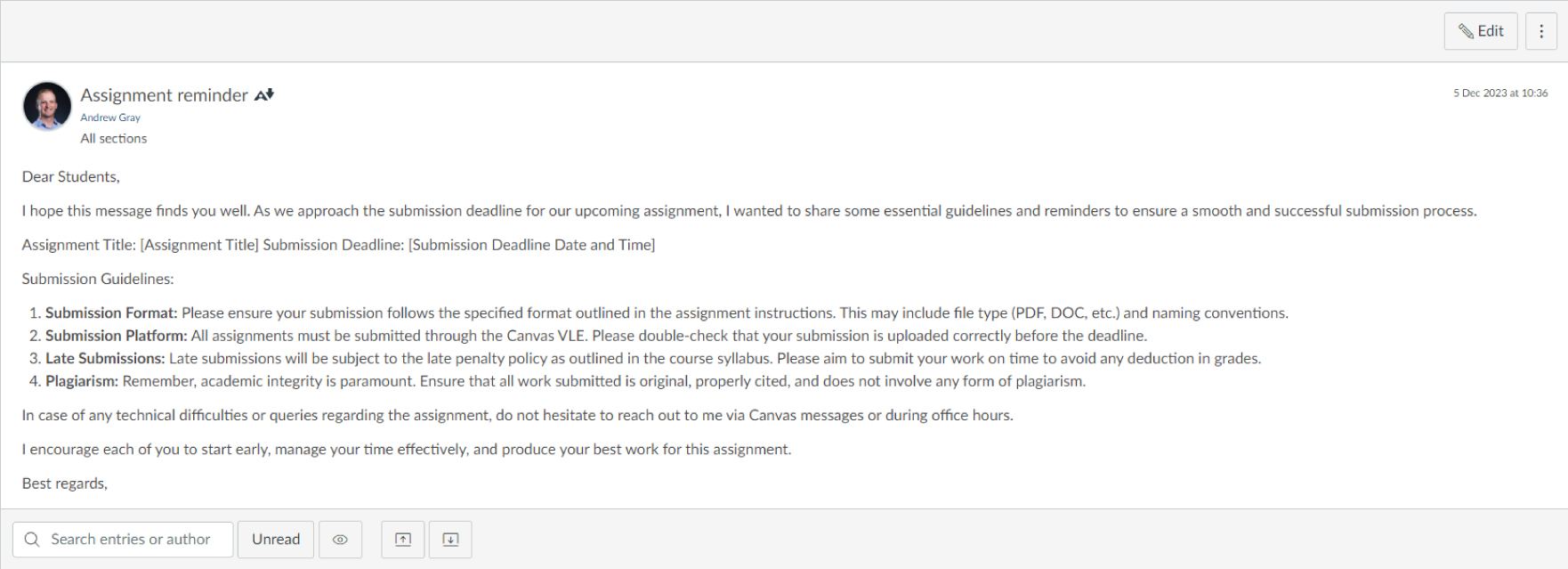 Old Announcement Thread
Old Announcement Thread
 New Announcement Thread
New Announcement Thread
View of current and new announcement interface. (Drag handle to compare)
Role Labels
To help students quickly identify instructors and teaching assistants, discussion and announcement threads now display labels for users with TA and Teacher (Instructor) roles. Additionally, threads indicate the author of the discussion or announcement, providing clarity on the source of the content.

Author and Teacher Labels
Flexible Viewing Options
For replies that include additional replies, the interface now shows the number of replies and unread replies specific to the user. Users can choose to view these replies inline or in a split view, offering flexibility in how they engage with the content.
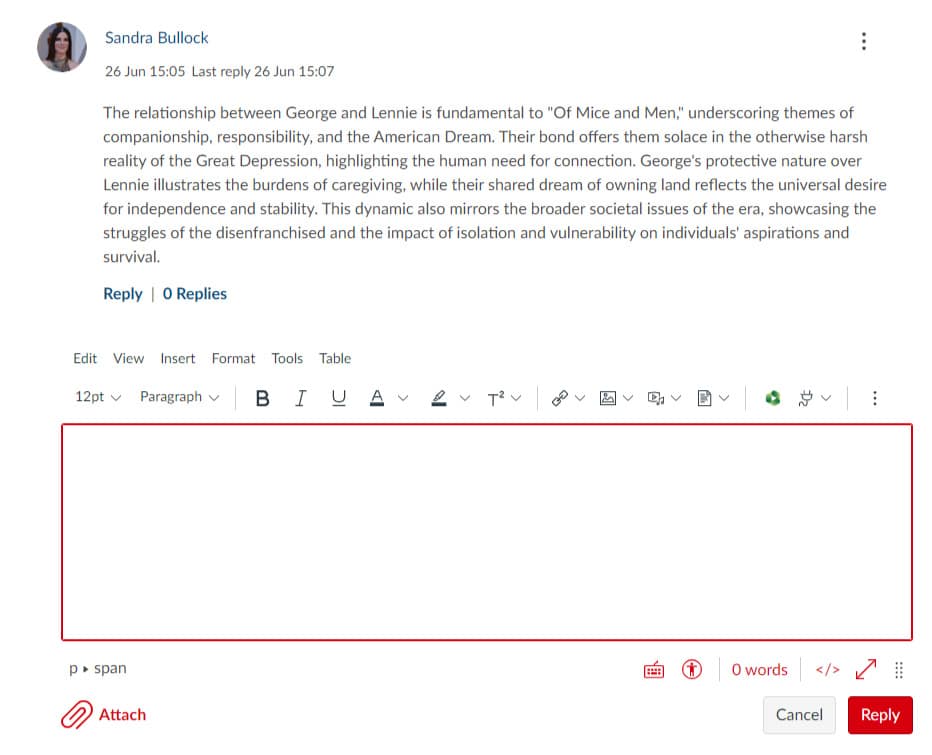
Inline View
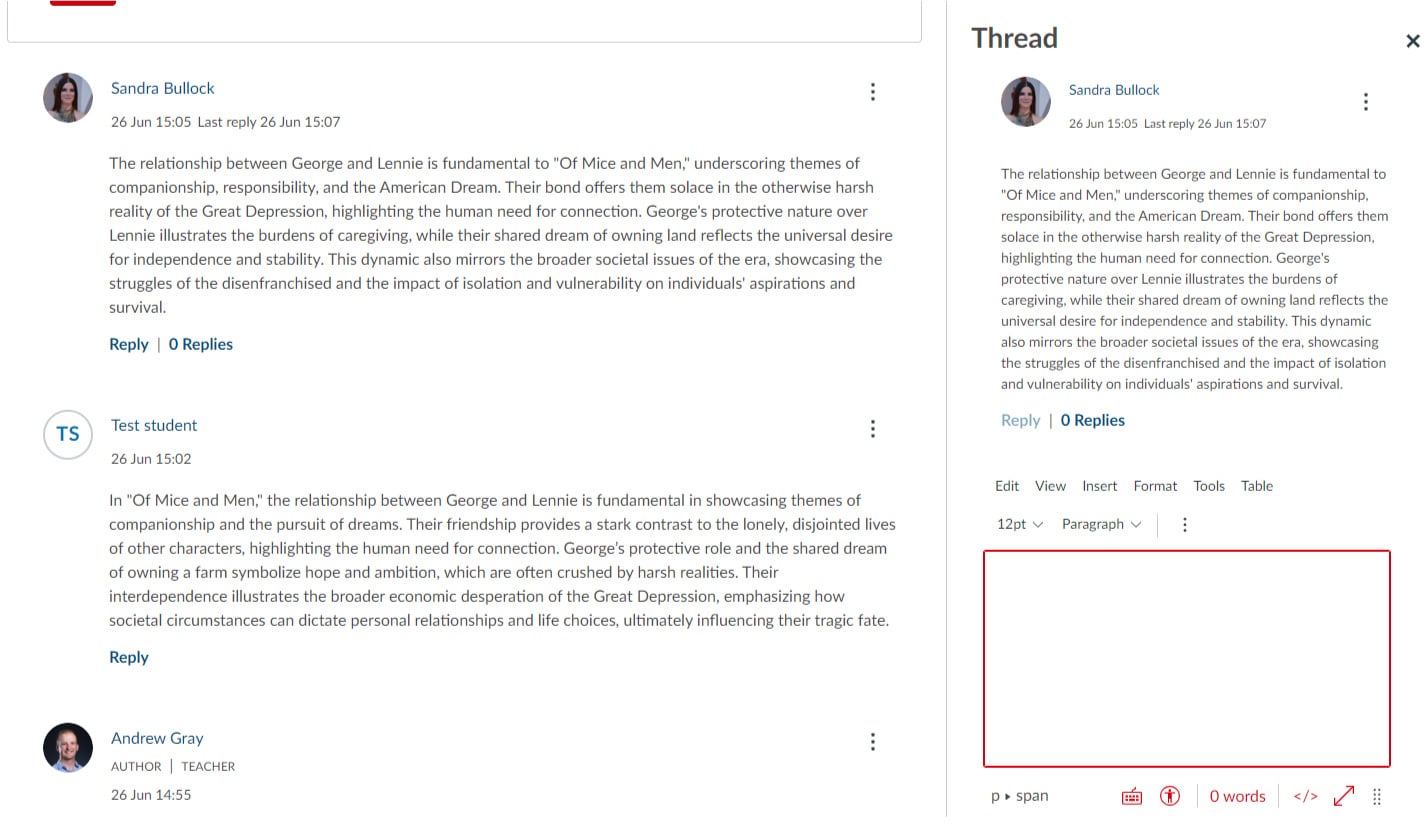
Split View
Mentions
A new mention feature has been introduced, allowing users to mention others in discussion replies by using the @ symbol. This feature brings up a drop-down menu of all available users in the course, facilitating direct and clear communication. To use this feature, the “Conversations – send messages to individual course members” permission must be enabled. Users with the “Discussions – New Mention” notification enabled will receive notifications when mentioned.
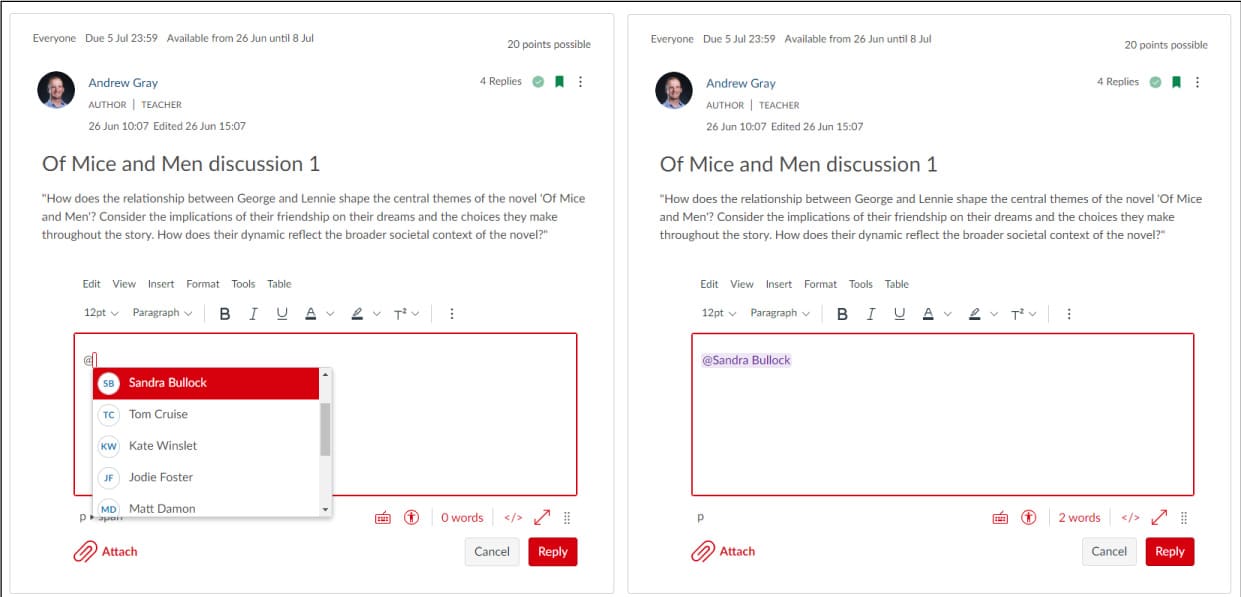
Mentions in Discussions
Quotes
Users can now quote other replies in their discussion responses. This feature makes it easier to reference specific comments and engage in more meaningful discussions.
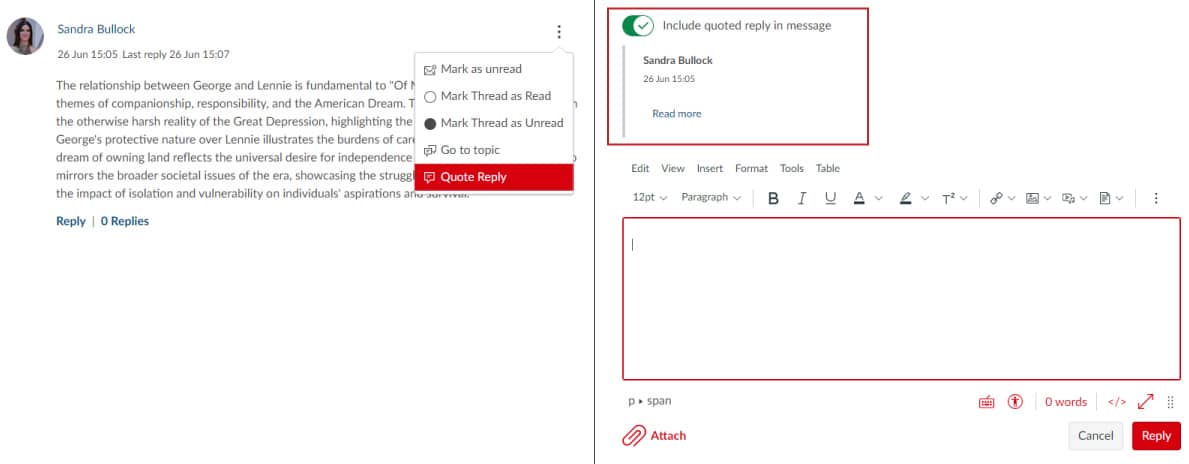
Quotes in discussion replies
Anonymous Discussions
Anonymity options have been expanded, allowing for anonymous discussions in courses. It is important to note that once an anonymous discussion has been created, there is no way to remove anonymity so students cannot be identified and therefore careful consideration should be given on the use of Anonymous discussions.
Here are the key points:
- Creating Anonymous Discussions: Teachers can create anonymous discussions when setting up a new discussion. By default, this option is turned off.
- Anonymous Student Discussions: If enabled in the Discussion Settings menu, students can also create anonymous discussions, though this option is not selected by default.
- Visibility and Labels: The Discussions page clearly indicates when a discussion is anonymous. Student names and profile pictures are hidden from other course members, including teachers. Admins not enrolled as teachers, TAs, or designers, and who create a reply, will also display as anonymous.
- Observers: Observers viewing a fully anonymous discussion will see a message indicating that it is anonymous, with student names and profile pictures hidden. For partially anonymous discussions, the message will indicate that students have the option to reply anonymously.
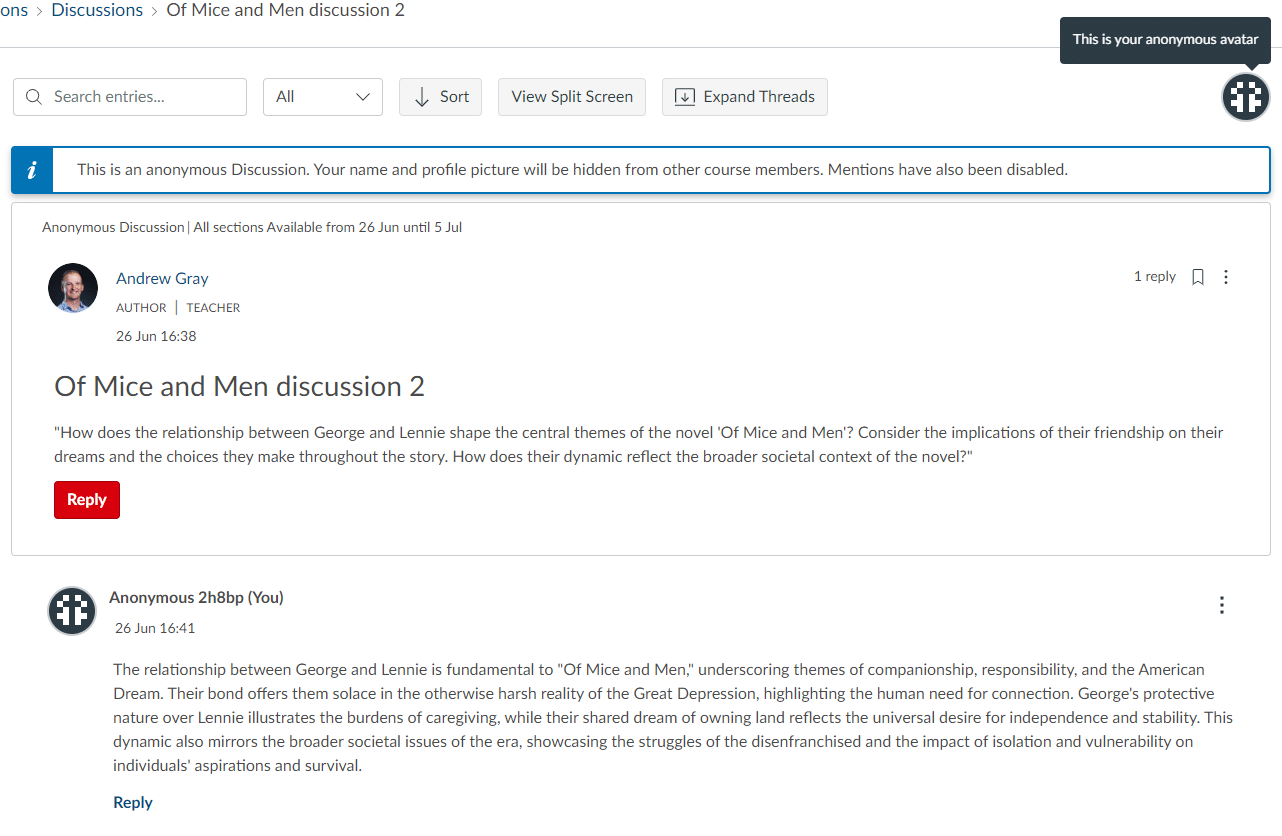
Anonymous Discussion Thread
Pedagogic Benefits
Canvas discussions can be a powerful tool to enhance learning and engagement. By promoting active learning, they encourage critical thinking and deeper understanding of course content. Discussions also foster collaboration, allowing students to learn from one another, improve communication skills, and develop a sense of community.
These discussions support diverse learning styles by offering various ways to engage with the material, from reading and writing to visual and auditory elements. They provide a platform for ongoing formative assessment, enabling instructors to give timely feedback and adjust teaching strategies. Students can also reflect on their learning and self-assess their progress.
Canvas discussions also offer flexibility and accessibility, accommodating students’ schedules and commitments through asynchronous participation. Overall, these discussions create a more interactive, inclusive, and effective learning environment.
*The supplier is continuing to work on the Canvas Discussions functionality so further enhancements can be expected.

